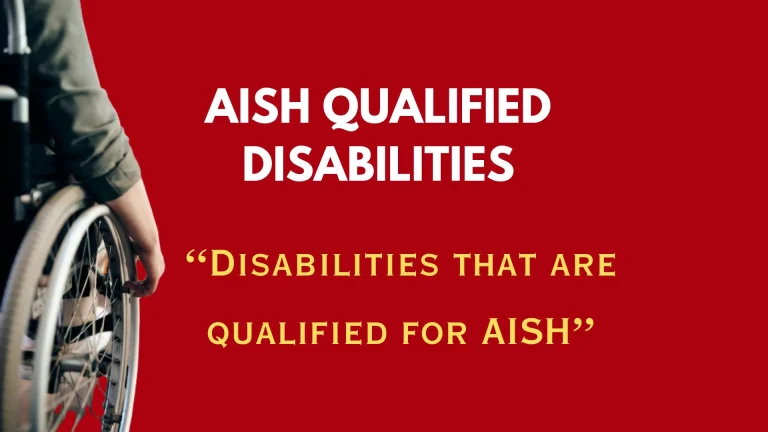AISH Dental Coverage – What’s Covered & What’s Not
Maintaining good oral health is essential for overall well-being, but dental care can be expensive. Thankfully, if you’re an Assured Income for the Severely Handicapped (AISH) recipient in Alberta, you have access to dental coverage as part of your health benefits.

What is AISH Dental Coverage?
The AISH program provides financial and health support to adults with permanent medical conditions that severely limit their ability to earn a living. Among its many benefits, AISH offers dental coverage for recipients, their spouses or partners, and dependent children. This ensures that essential oral health care is accessible without financial strain.
1. What’s Covered in AISH Dental Coverage?
AISH dental coverage focuses on providing basic and essential oral care services. Here’s an overview:

Specialized Procedures
Certain specialized treatments may be covered but require prior approval. For example:
Utilizing AISH dental coverage ensures that essential oral health services are accessible and affordable.
Tip: Always schedule appointments in advance and confirm with your dentist about the procedures covered to avoid unexpected expenses.
2. What’s Not Covered?
While AISH dental benefits are generous, there are limitations:
Additionally, recall exams and cleaning frequency are limited:
How to Get AISH Dental Benefits?
Navigating health benefits can feel overwhelming, but accessing your AISH dental coverage is straightforward if you follow these steps:
Step 1: Confirm Your Eligibility
Ensure you, your spouse/partner, or dependent children are listed as eligible beneficiaries under the AISH program. Your AISH Health Benefits Card serves as proof of eligibility.
Step 2: Present Your Health Benefits Card
When visiting a dentist, denturist, or dental hygienist, present your AISH Health Benefits Card at the time of your appointment. This card allows the dental provider to bill Alberta Blue Cross directly for covered services.
Step 3: Choose a Participating Dentist
Not all dentists accept AISH benefits. Before booking an appointment, confirm with the dental office that they accept patients under the AISH program.
Step 4: Understand Coverage Limits
Discuss with your dentist which procedures are covered under AISH. For treatments requiring prior approval (e.g., anterior crowns or dentures), ensure your dentist submits the necessary paperwork to Alberta Blue Cross before proceeding with treatment.
Step 5: Coordinate with Other Insurance (if applicable)
Remember that If you have additional dental insurance, inform your dentist so they can bill that plan first. AISH will cover any remaining eligible costs after your primary insurance has been applied.
Step 6: Seek Pre-Approval for Complex Procedures
For specialized treatments like anterior crowns or denture replacements, pre-approval is required. Your dentist will need to submit a request to Alberta Blue Cross outlining the necessity of the procedure.
Step 7: Appeal Denied Claims (if necessary)
If a claim is denied, consult your AISH worker about appealing the decision or requesting an exception through the Health Benefits Exception process.
By following these steps, you can effectively utilize your AISH dental benefits and ensure that essential oral health services remain accessible and stress-free.
Tips and Suggestions
Here are some practical tips to help you make the most of your AISH dental coverage:
Oral health isn’t just about having a great smile—it’s deeply connected to overall well-being. Poor oral hygiene can lead to serious health issues like heart disease, diabetes complications, and infections. By utilizing your AISH dental benefits effectively, you can prevent these problems while maintaining a healthy lifestyle.
Personal Thoughts on AISH Dental Coverage
As someone who has seen firsthand how financial barriers can prevent people from accessing basic healthcare, I believe programs like AISH play a critical role in providing equity and well-being in our communities. The inclusion of dental coverage is particularly commendable because it addresses an often-overlooked aspect of health care.
However, I would suggest that recipients take full advantage of these benefits by staying informed about what’s covered and maintaining open communication with their healthcare providers. Prevention is always better than cure—and regular check-ups can save you from more extensive (and painful) procedures down the line.






